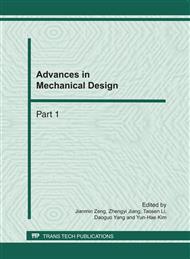p.1916
p.1920
p.1924
p.1928
p.1932
p.1936
p.1940
p.1945
p.1949
Research on Print-Through and the Prejudging Model Based on the Color Difference Evaluation
Abstract:
In order to control the print-through, the value of print-through resistance (PTR for short) was put forward to predict the print-through of lithograph. For 5 given paper samples, the relationships between their PTR and print-through (expressed with ΔEab*) was explored under three sets of printing condition in this paper. The results showed that the PTR increase could lead to decrease of the print-through value. In particular, no matter what kind of conditions, the print-through value was almost smaller than 4NBS when the PTR of those paper samples was larger than 73%, which seems to be the absence of print-through phenomenon.
Info:
Periodical:
Pages:
1932-1935
Citation:
Online since:
February 2011
Authors:
Price:
Сopyright:
© 2011 Trans Tech Publications Ltd. All Rights Reserved
Share:
Citation:


